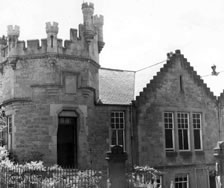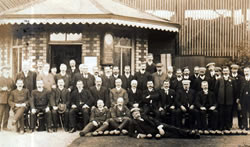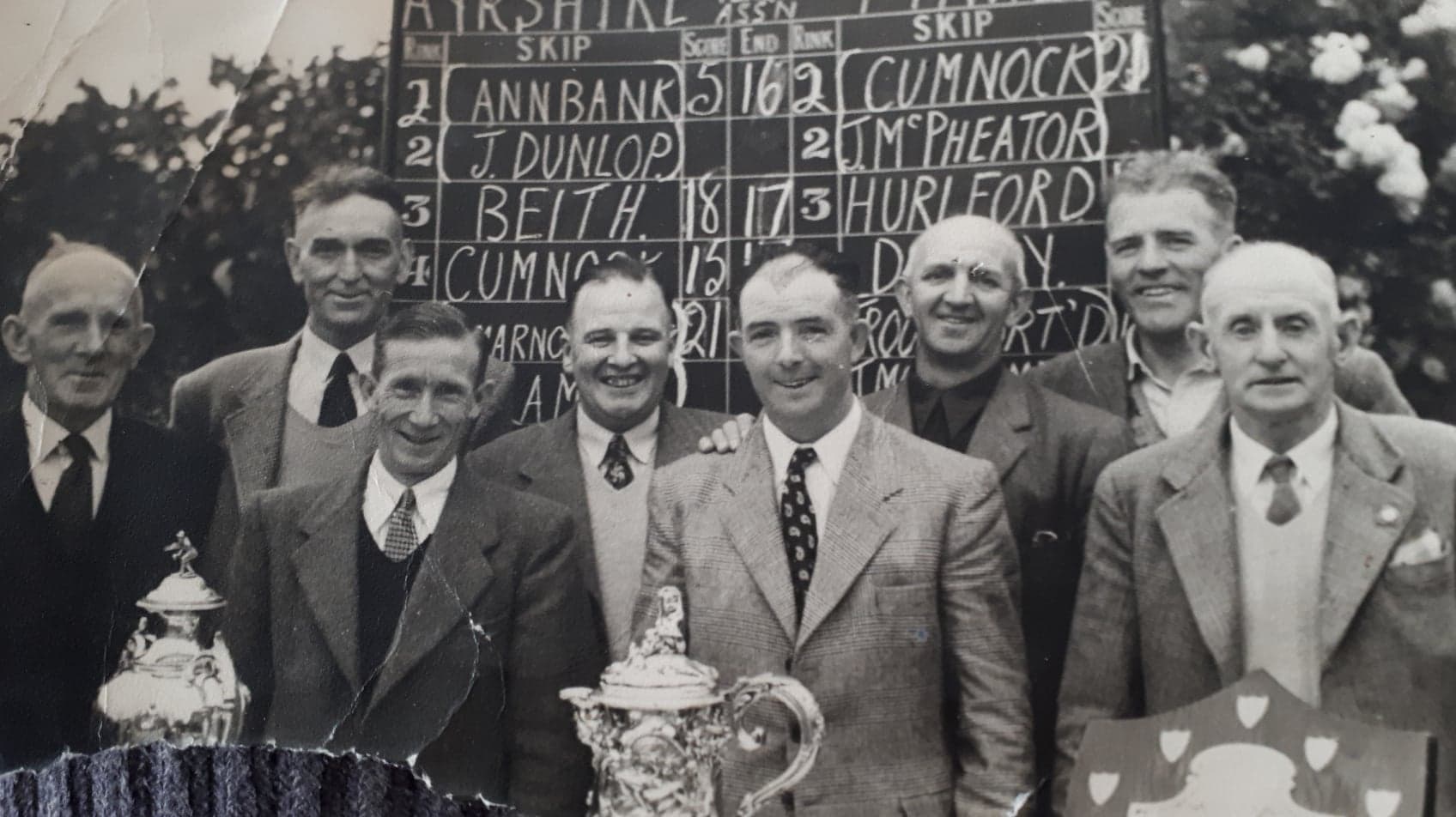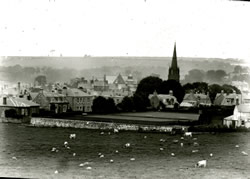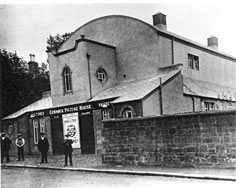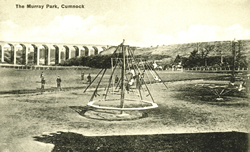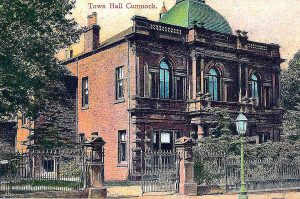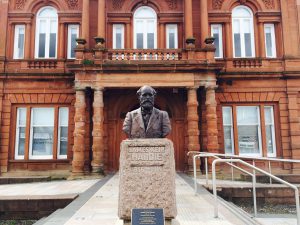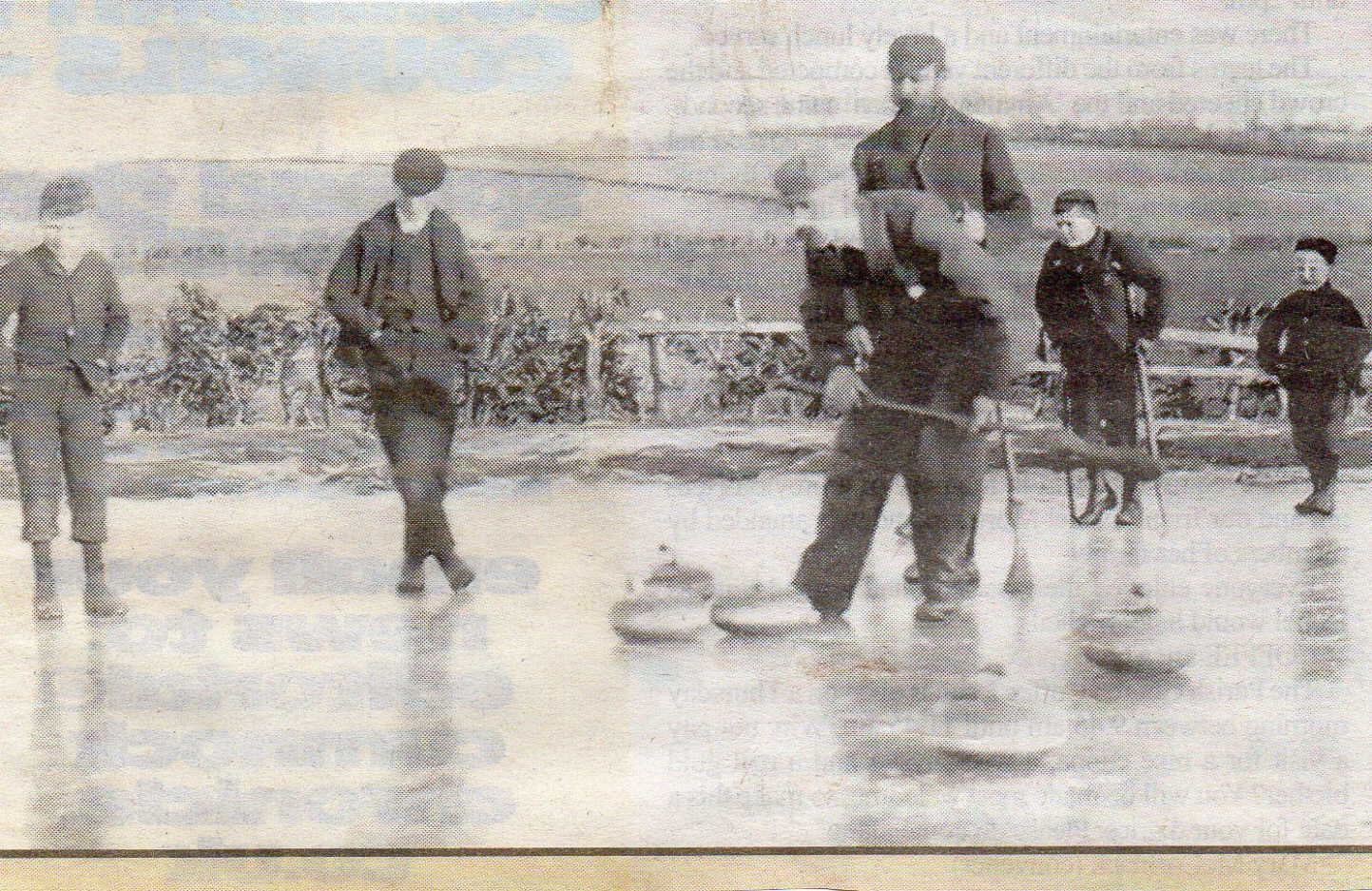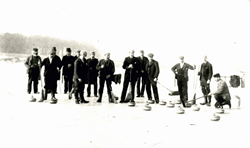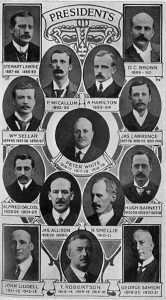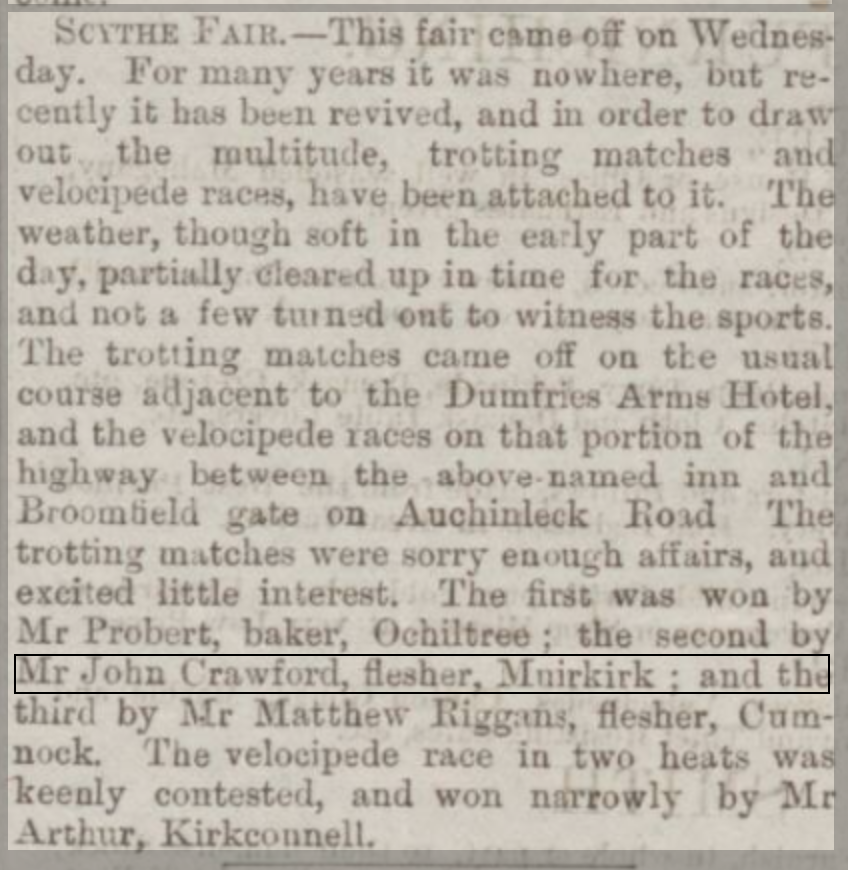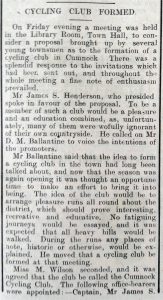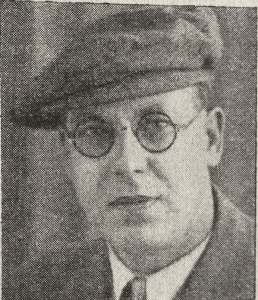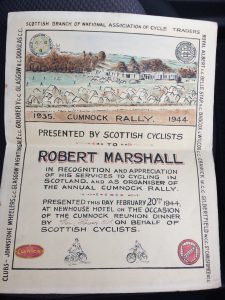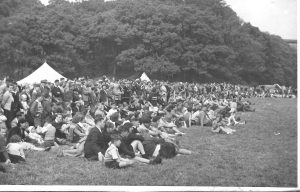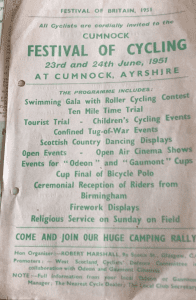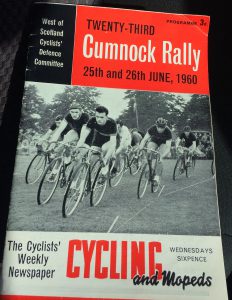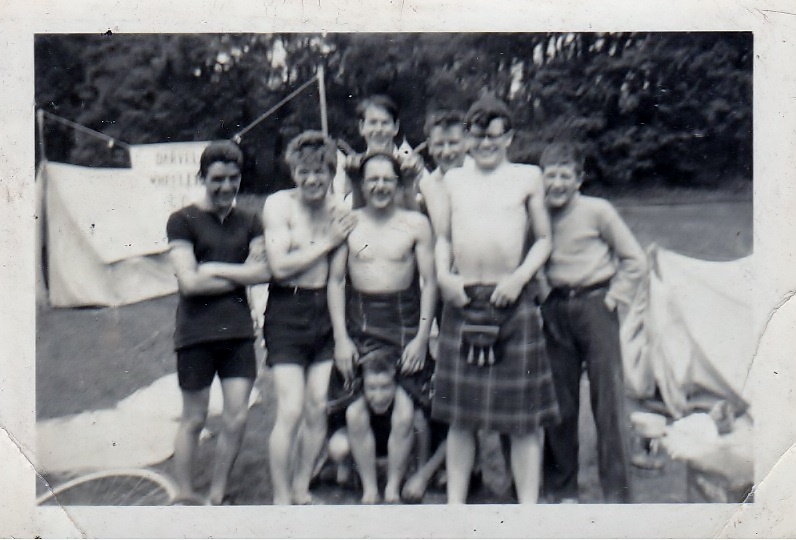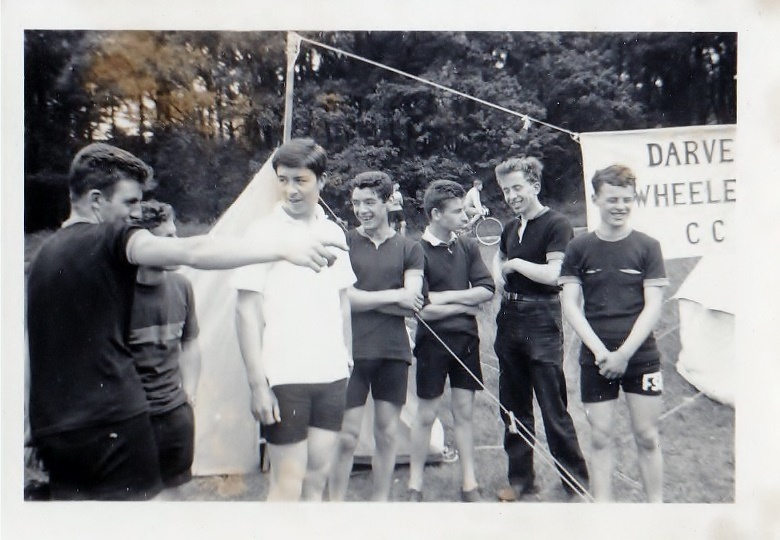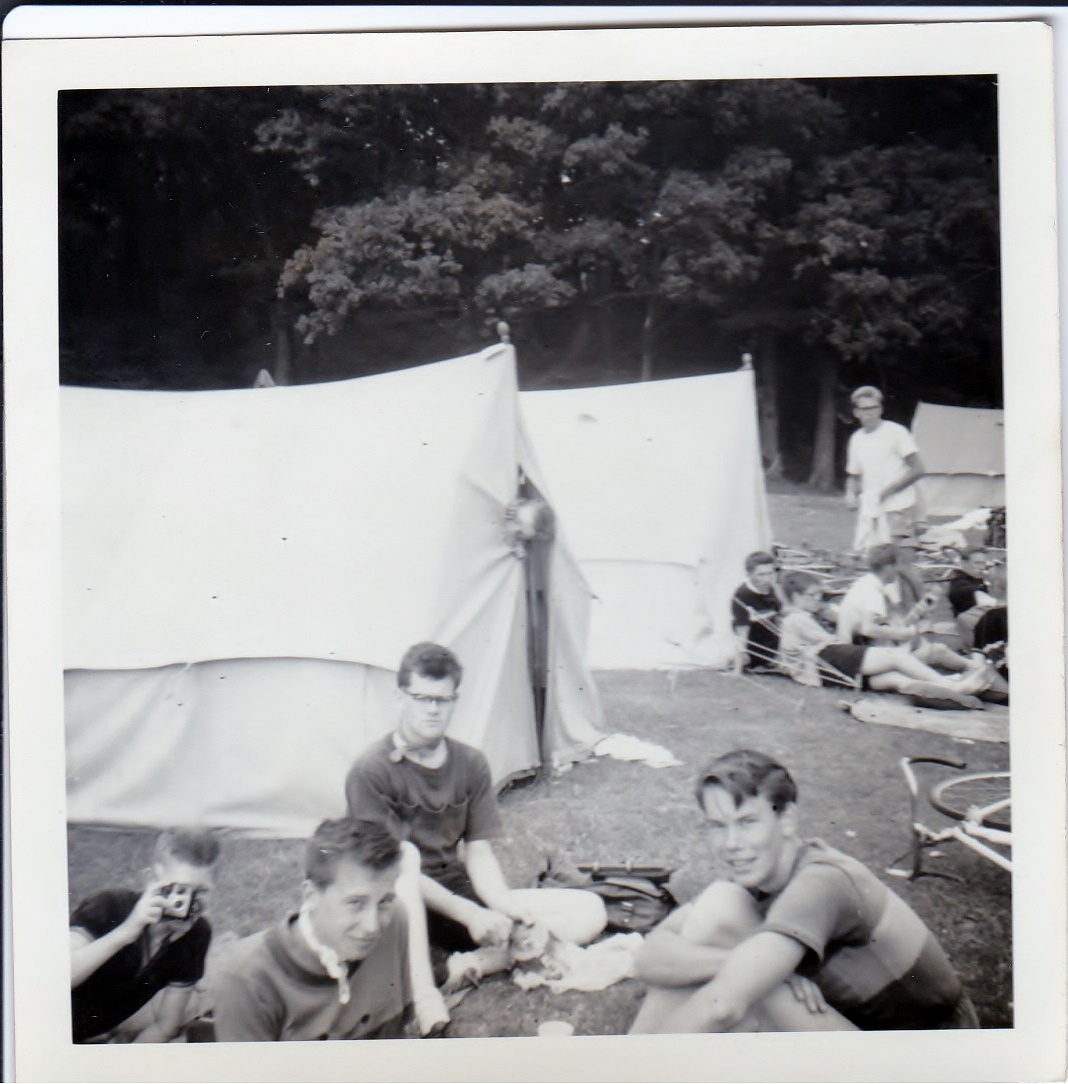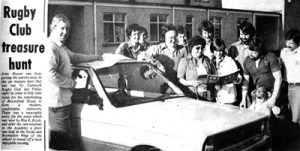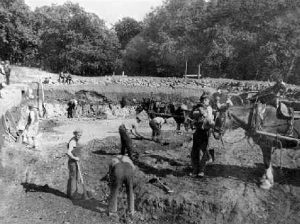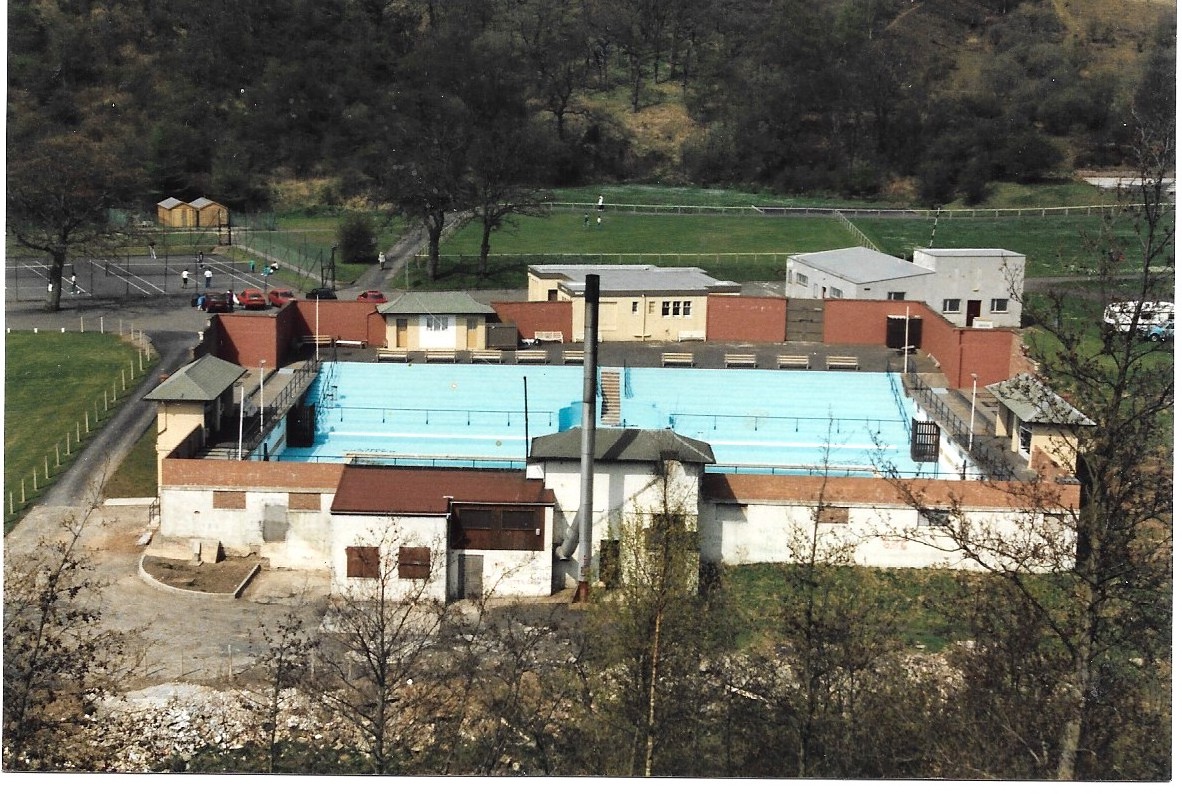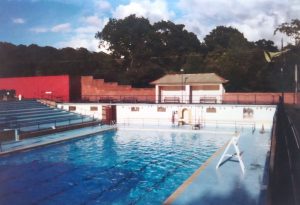Golf In Cumnock by George Scott
Some Scottish golf clubs can claim to have been functioning for well over 250 years. Cumnock Golf Club did not have such an ancient pedigree – nor did it survive to a ripe old age!
Rev John Warrick, in his The History of Cumnock, published in 1899, remarks that “most recently a golf club has been formed with a short course over parks quite close to the town”. Dr John Strawhorn in his The New History of Cumnock (1966), reports that golf was played in various fields – first to the north of the town, and then successively near Ayr Road, Cairn Road, and the Coachworks. Research of newspaper files, however, has revealed that the Club opened their “new” course in June 1896, confirming that the game was played for some years prior to 1896.
The opening ceremony was performed by Dr J G Kerr of Stepends House, Auchinleck Road, and as President of the Club, he presented two beautiful silver trophies for annual competition, – one for the ladies and the other for the gentlemen. This “new” course was situated on Blackstone Farm ground between Stepends Pit and the Glasgow & South Western Railway. This area now lies under part of the Holmhead housing estate. Dr. Kerr ceremoniously drove the first ball, after which the monthly medal competition took place. Additional prizes were donated by Captain Wardrop of Bankend House.
It is known that around 1900 a nine hole course was opened at Netherthird. The “Illustrated Guide to Cumnock”, published c. 1904, describes that course as “requiring careful play”. Hazards mentioned involve playing over a burn on to a high green on the top of a scaur.
In 1922 the club moved to Drumbrochan. The Cumnock Chronicle reported on 19th May 1922 that the course comprised the grounds of Drumbrochan Farm, and a small strip of Barshare Farm. Mr David B Weir performed the opening ceremony, following a short account by Councillor John Carruthers of the short history of the club at previous sites. A Pitch & Putt Competition followed. The partners for this competition were selected by use of “Affinity Flowers”. Unfortunately, the Minute Book of the Club, from inception to 1928, have not been traced. However, the succeeding Minute Book is still extant and, some years ago was transcribed, and also transferred to computer disc. These Minutes are a valuable source of information on many aspects of the game, its officials and players.
For instance, it is recorded that in 1929, the Greenkeeper, Findlay was to be paid 1/- (one shilling) per hour for the 44 hours he was employed scattering 30 tons of sand on the greens. In the same year the grazing on the course was let to Mr. Scott, Butcher, for the year for the sum of £43. Among subsequent grazing tenants were Alex. White, Draper, and Mr Gibson of Thomarston Farm. Lockers fitted in the clubhouse were to cost no more than 10/- (50p). The names of Committees reveal that they were drawn mainly from the middle-classes, – solicitors, teachers, bankers, shop-keepers. One solicitor who served for a short time as Secretary, referred, in his written Minutes, to the long grass at each side of the fairways as “ruff”!
The golf course was forced to close around 1958 due to encroachment of council housing. The Club officially disbanded on 31 January, 1959. However, a group of die-hard members formed the Glaisnock Golf Club, and played their golf as visitors to other courses. Eventually, most of these players joined Ballochmyle Golf Club, Mauchline (est. 1937).
The Dr. Kerr Cups, referred to earlier, were donated by the Cumnock club to Ballochmyle, and are competed for annually. Referred to at Ballochmyle Golf Club as the “Cumnock Cups”, they are outstanding examples of the silver-smith’s art. They bear the names of the winners from 1897. No names are inscribed at the time of the Boer War and the Great War. Moreover, no names are inscribed on the “gents” cup after 1935. The reason for this is unclear but it is suspected that from 1936 names were inscribed on a plate on a wooden base, and that the base was later lost, – either by a winner, or by the jeweller concerned!
